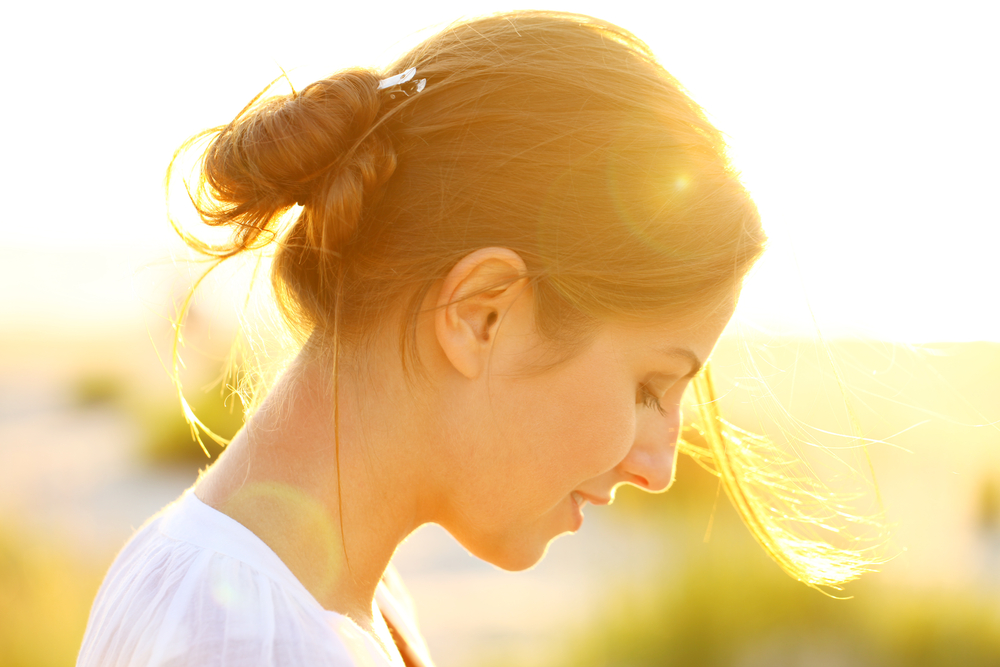Sun's Rays May Trim Life Spans

The sun's rays may shape human lives in a surprising way: High levels of sun exposure during the year of birth may increase infant mortality and shorten the average life span of a population, a new study finds.
Researchers looked at people in Norway who were born over two centuries, and compared those who were born during years of peaks in solar activity with those born during years of the lowest levels of solar activity. Results showed that people born during solar peaks lived 5.2 years less, on average, than individuals born in years with the lowest solar activity.
Exactly how the sun's activity at the time of a person's birth may affect life span isn't known. But peak solar activity brings higher levels of ultraviolet radiation to Earth, and some evidence suggests that UV radiation may increase infant mortality by degrading folic acid, or vitamin B9, which is important for the rapid cell division and growth that happen during pregnancy.
The upshot is, "if you are pregnant, don't get a tan," said Gine Roll Skjærvø, a biologist at the Norwegian University of Science and Technology in Trondheim, Norway, and co-author of the study published today (Jan. 6) in the journal Proceedings of the Royal Society B. "The best time for conception [would] be when there's lower ultraviolet radiation." [11 Big Fat Pregnancy Myths]
Here comes the sun
Scientists have long known that ultraviolet (UV) light can affect the development of living organisms by suppressing molecular and cellular processes. The effects of UV radiation on the health and reproduction of aquatic animals are well known, but only a handful of studies have looked at the effects on the human life span or on survival rates of human infants.
In the new study, Skjærvø and her colleagues examined demographic data from more than 9,000 people born in Norway between 1676 and 1878. The researchers compared the data with historical evidence of cycles of solar radiation compiled by the U.S. National Oceanic and Atmospheric Administration (NOAA).
Sign up for the Live Science daily newsletter now
Get the world’s most fascinating discoveries delivered straight to your inbox.
Solar activity is measured as the number of dark patches, called sunspots, observed on the sun's surface. This activity varies according to a cycle that lasts about 11 years (although the length varies). Within an average cycle, there are eight years of low activity (known as the solar minimum) followed by three years of high activity (the solar maximum). [Photos: Sunspots on Earth's Star]
The researchers found that people who were born during the years of high solar activity were less likely to survive to adulthood, with a high percentage of those deaths occurring before age 2.
In addition, among women born in years of high solar activity, those who had lower incomes (and who likely would have spent more time outside, exposed to the sun) had lower fertility rates and fewer children who survived to age 20, compared with wealthier women, Skjærvø said.
Too much UV?
The study shows only a correlation between solar activity and life span; it does not show causation. However, the researchers were able to rule out other explanations for the findings, including socioeconomic status, birth cohort (people born in the same year) and ecology.
It's impossible to rule out all possible factors, Skjærvø said, but the fact that the effects were seen over hundreds of years suggests that the sun's periodic flare-ups were the likeliest cause of the shortened life spans and reduced fertility.
Mark Lucock, a nutritional geneticist at the University of Newcastle in Australia, who was not involved in the research, told Live Science the study is "a fascinating piece of work that provides further supporting evidence that early-life environmental factors help shape [human traits] in ways that have long-term consequences."Lucock and his colleagues previously found that exposure to some sunlight during the first few weeks after conception may affect levels of folic acid and vitamin D, both of which can influence the survival of embryos and the development of diseases in adulthood.
Although "getting too much sun in pregnancy may not be good idea," getting some sun may help the body get enough vitamin D, said George Davis, a researcher at the company Psybernetics, Incorporated, in Augusta, Maine, who has also studied the effects of solar radiation on human health. "There's a balance between too much and too little in sunlight. The real question is, what's that magic breakpoint?"
So what was the solar activity like the year you were born? The recent years with solar maximums were 1957, 1968, 1979, 1989, 2000 and 2013, and the recent years with solar minimums were 1954, 1964, 1976, 1986, 1996 and 2008.
Follow Tanya Lewis on Twitter. Follow us @livescience, Facebook & Google+. Original article on Live Science.











